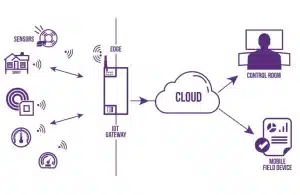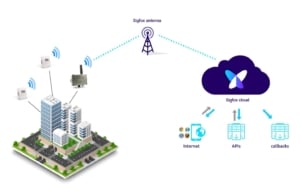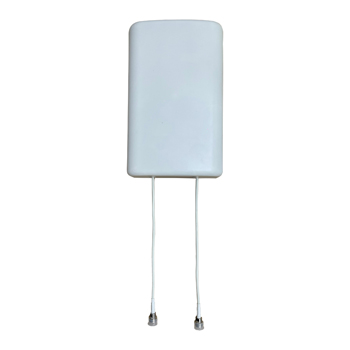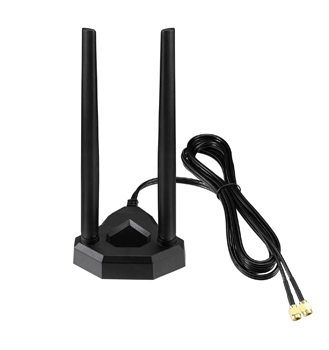
Top LoRa Antenna Manufacturers and Suppliers in USA
Internet of Things (IoT) is becoming popular with the advancement of communication protocols and electronics. LoRa/LoRaWAN is a popular communication protocol enabling long-range communication with low power consumption and low cost of implementation. In realizing long-range communication and the connection of many end devices, it is important to have a reliable transmission medium to facilitate communication. LoRa/LoRaWAN Antennas play a key role in this aspect. In this article, we will discuss some of the globally recognized LoRa antenna manufacturers and suppliers for you to help make decisions related to your IoT application. What is LoRa/LoRaWAN? LoRa/LoRaWAN is a popular Low Power Wide Area Network (LPWAN) that is widely used in IoT applications. Low cost of devices and low power consumption are the key factors that boosted the popularity of LoRa/LoRaWAN IoT applications. These applications vary from smart metering applications, smart agriculture to smart city applications, which require low bandwidth and


















